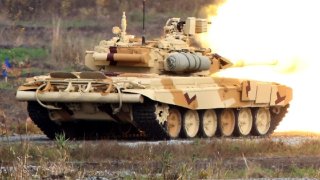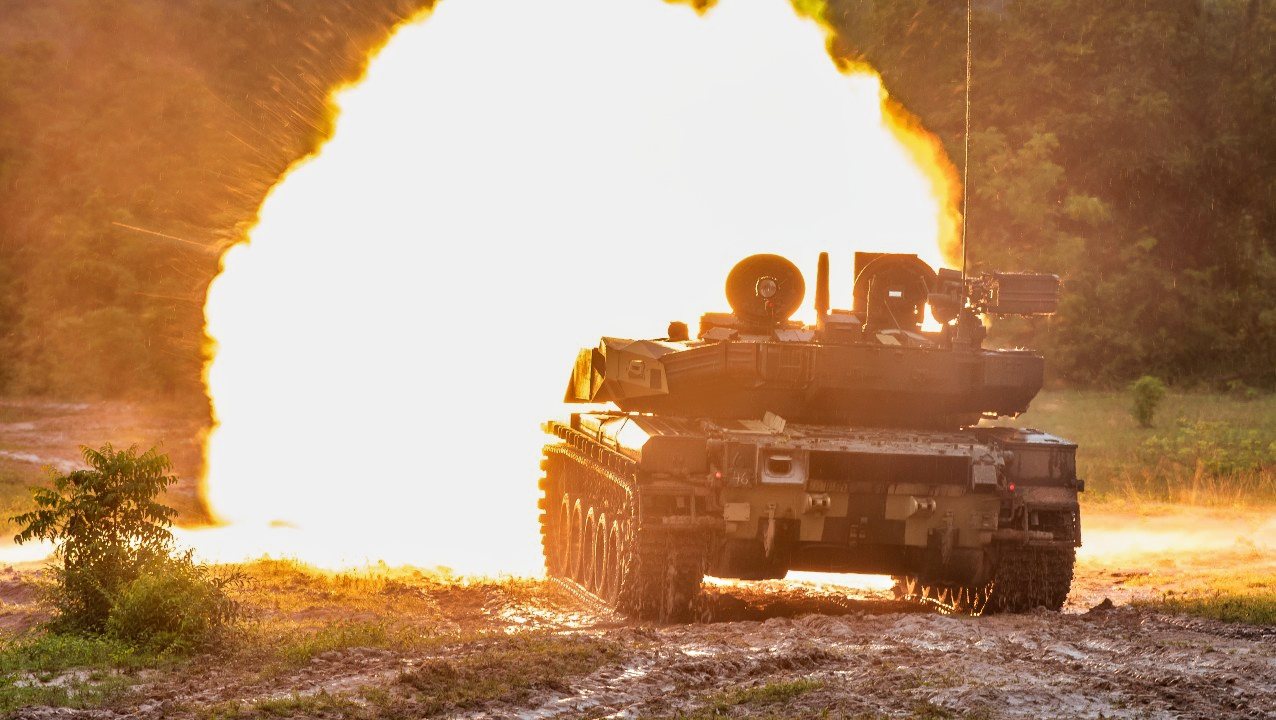Peter Suciu

Last year Ukrainian President Volodymyr Zelensky pledged to build a "million-drone army" that could serve as a force multiplier in its war with Russia. Already, the Ukrainian military has deployed tens of thousands of unmanned aerial vehicles (UAVs) to the frontlines where they have struck Russian tanks, forward operating bases, and other high-value targets – while Kyiv has employed sea-based drones that have been used in attacks on the Russian Black Sea Fleet.
The aerial and sea drones have enabled Ukraine's forces to strike back, sometimes deep into Russian-controlled territory. This has included the use of commercially available "off-the-shelf" drones that have been modified with little more than artillery shells, grenades, and other ordnance – turning the inexpensive UAVs into deadly killing machines.
As Ukraine has run short on artillery shells, it has increasingly relied on drones, which may be less powerful but are far more accurate.
Russia too has employed drones and so-called loitering munitions as well, and it has changed the very nature of the war. Both sides continue to scramble to find innovative – and times low-tech – solutions to counter the drone attacks. This has included laser-guided munitions that can shoot over the adversary's drones, while in some cases soldiers with shotguns and sabot rounds serve as the last line of defense.
Land-based Drones – the Next Game-Changer
The next part of the ongoing "Drone Wars" could be on the ground. As Newsweek reported this week, Ukraine is literally rolling out a new type of uncrewed ground vehicle (UGV), which has been dubbed "Ironclad." The small wheeled vehicle is reported to be equipped with a Shablya M2 machine gun mounted to a robotic combat turret, while it has an armored shell that protects it from small arms fire.
It was designed to assault enemy positions, conduct reconnaissance, and provide fire support, the UGV can travel over rough terrain and reach speeds of up to 12 miles per hour. Its turret can rotate 360 degrees, while its sensors can help it detect human-sized targets from distances up to 1,800 meters (5,900 feet). As with the aerial drones, it is remotely controlled and is equipped with a thermal-imaging camera.
The Ukrainian military's 5th Separate Assault Brigade has reportedly already been employing the ground-based combat drone to target Russian positions. Video of it in action has been shared on social media.

"This is a revolutionary product from Ukrainian engineers at Roboneers that changes the way warfare is conducted and helps save the most valuable thing - the lives of our military," Mykhailo Fedorov, Ukraine's minister of digital transformation, said via a post on Facebook last September.
Now that the Ironclad has been used in actual combat, it does appear it has the potential to be revolutionary and could live up to the hype. And it is further proof that we are very much witnessing what could be described as the first drone war.
No comments:
Post a Comment